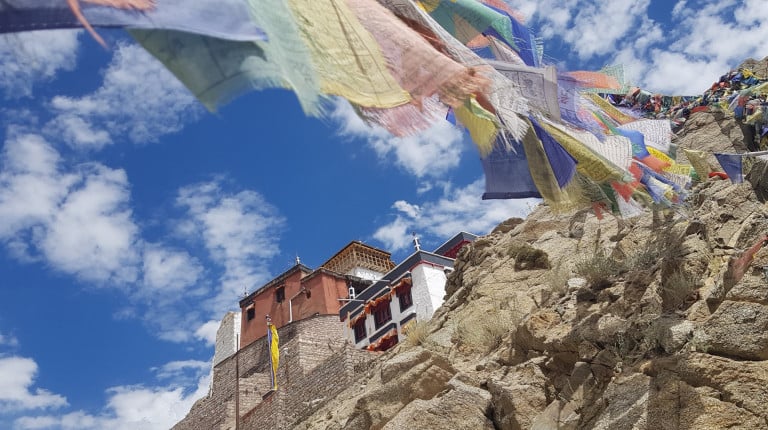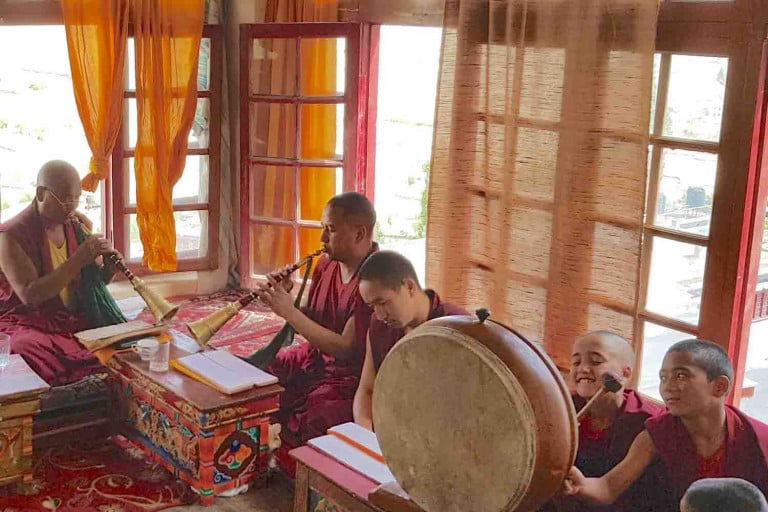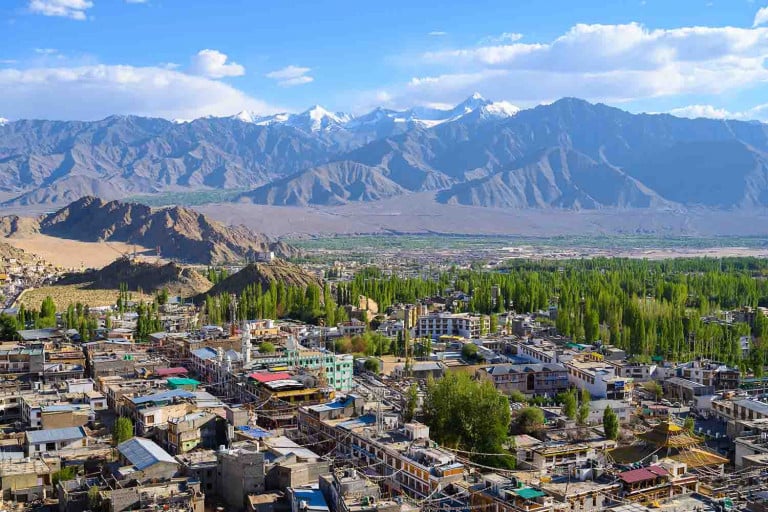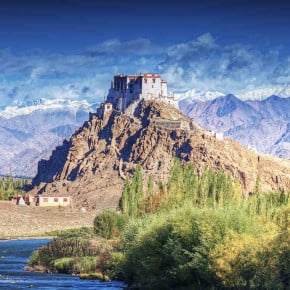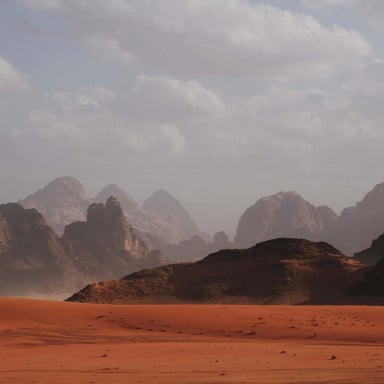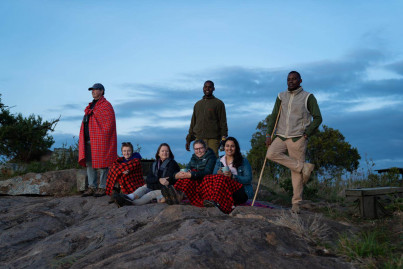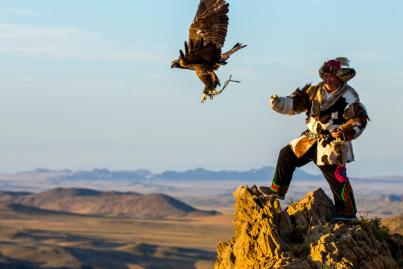
“Steamed veg momos please!” said Gary to the waiter, followed by “trust me” and a wink. This was my first taste of Tibetan food, and momos remain a firm favourite. The small steamed dumplings are filled with chopped vegetables, looking like mini bleached Cornish Pasties, with a tomato, chilli and garlic sauce for dipping. Sometimes fried, they are simply the real deal – I was instantly hooked!
Gary and I were in Ladakh, in the far north of India, leading an expedition and taking a short break from our group on the first day while they were buying chocolate bars for our upcoming trek. Our hub was the town of Leh, a bustling oasis filled with trees, hewn out from the brown sandy hills around us.

The old palace and monastery are perched on the hillside immediately north of the town and an immaculate white stupa looks down on the valley to the west. We had flown in the previous day and as the town is at 3500 meters above sea level, we were all enjoying some time acclimatising to the altitude; mostly drinking tea, the traveller’s ritual. Ladakh is in the province of Jammu and Kashmir, parts of which are still disputed territory between India and Pakistan.
Some areas in the province are still considered a no-go zone, but the regions around Leh and Manali are safe and a traveller’s delight. Ladakh is much like a mini Tibet in its culture, sitting on the cusp of the Tibetan Plateau, between the Karakorum and the Himalaya. The Ladakhi people are of Indo-Aryan and Tibetan descent, their population swelled by Tibetan refugees escaping the Chinese regime.
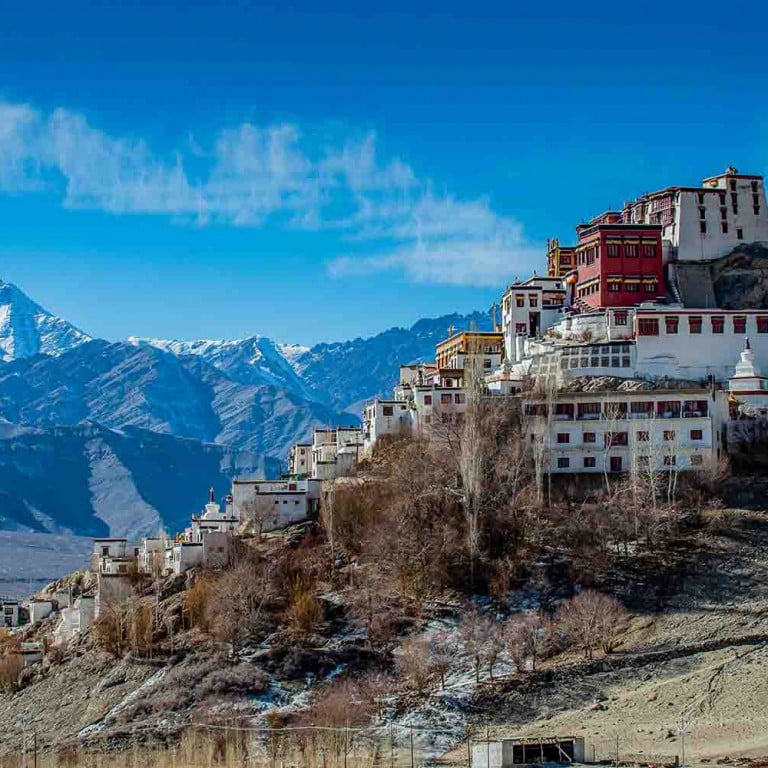
Tibetan Buddhist Monasteries
It feels a world away from the India that most are familiar with, in terms of landscape as well as culture. Buddhism is the primary way of life, with white stupas and chortens and colourful prayer wheels dotted around the streets. Even the Dalai Lama spends his month long summer break here. Throughout the valleys, white painted monasteries, large and small, old and even older, look out over the landscapes. These are usually prominent, with clusters of small white buildings tumbling down the hillsides.
Their sizes vary but just ten miles along the Indus valley from Leh lies Thiksey Monastery. This is a monastery on a different scale, the largest in the region and likened in many texts to the Potala Palace in Lhasa, Tibet. The importance of each building denotes its place on the hillside – with the main prayer hall at the top along with the Potang (the residence of the chief lama) and the simple dwelling houses towards the bottom.
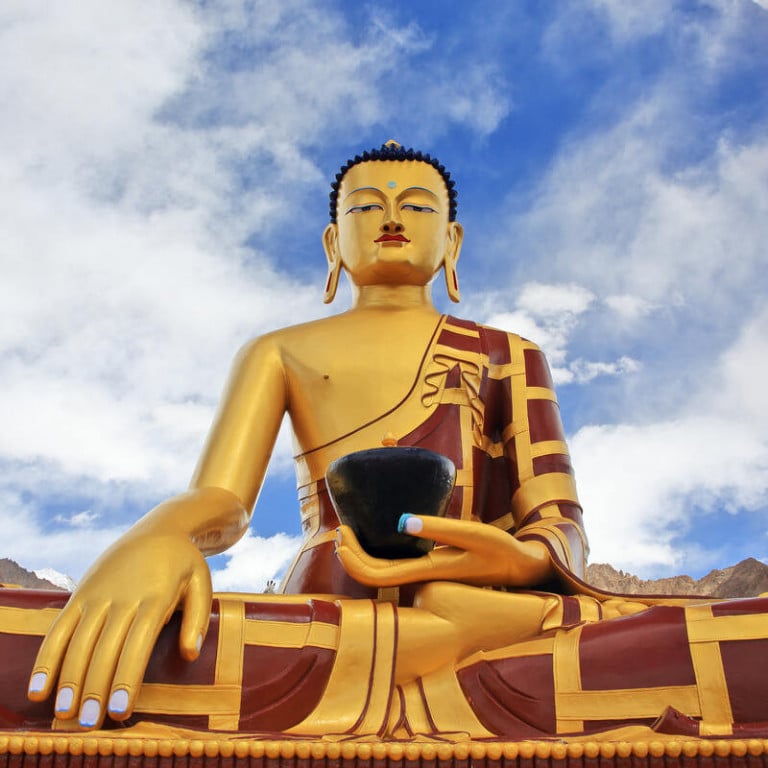
It’s a wonder to visit and wander between them, through tiny stepped passages and courtyards full of colourful painted woodwork. The two storey golden Maitreya (future) Buddha is a fantastic sight in its own temple, built to commemorate a visit from the 14th Dalai Lama nearly 50 years ago. The main prayer hall is a colourful array of murals, deities and Thangkas – beautiful colourful fabric wall hangings.
The walls are flanked with prayer books wrapped in cloth and the Dalai Lama has his own seat here. It’s a pleasure to spend time exploring the temples, and standing by the large white hilltop stupas, draped in prayer flags, and watching maroon clad monks quietly going about their daily rituals.
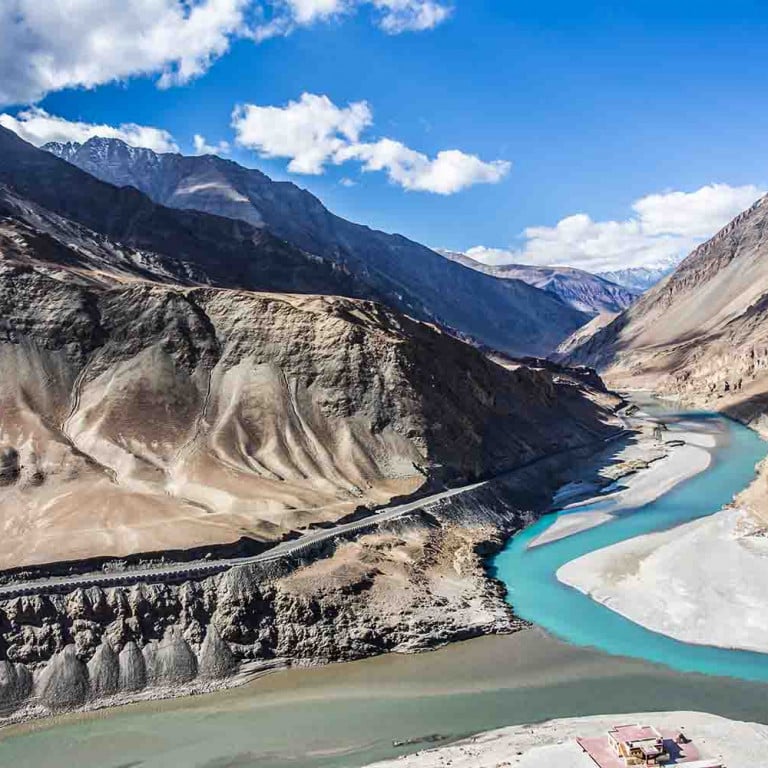
Exploring the Himalaya
Since that first trip, I’ve been back again and again. The relaxed way of life, surrounded by huge landscapes is addictive. The snow-capped Himalayan Mountains frame the skyline, easily accessible if you want to explore high ground. Multiple treks are available taking in a 5000m peak or two. Stok Kangri is the local tourist summit, which is hugely popular with visitors; a non-technical trekking peak, with a snow-capped top, towering over the valley at 6137m.
There are also numerous green valleys, lined with poplar trees and barley fields inhabited by small communities to explore. Walking from village to village, staying in small guesthouses or homestays, one is welcomed by adults and children alike.
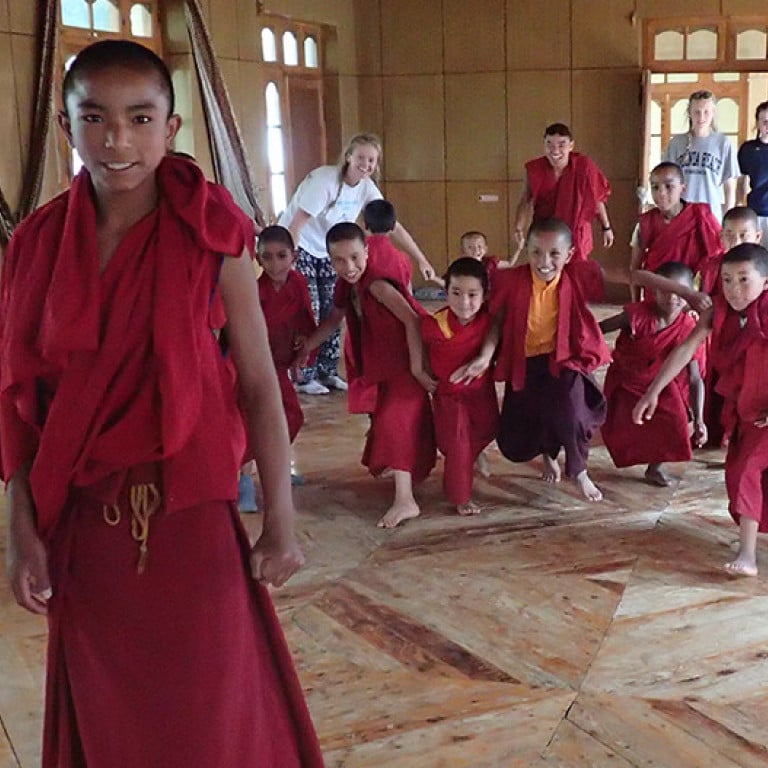
These are villages where everybody works together for the common good; where the fields of barley are harvested by everyone, regardless of ownership, to get it all in safely before the weather breaks and ruins the crop. The children roam around freely, looking after each other, playing with sticks, boxes, bits of string and the lazy village dogs. Stopping for a quick kick-around with the children is always a delight, especially if you leave them with a football or tennis ball as you say goodbye.
Exploration in this area is still a huge possibility too as there are countless valleys where only the yaks have roamed, topped by glaciers and peaks which are just wallpaper for the villagers who have no interest in climbing them. They appear on the government survey usually just as a number with a Lat/Long coordinate to identify them from the next.

It is such a privilege to be able to explore untouched landscapes and in our crowded western lives it is easy to forget that there are huge swathes of this world that are still wild. Even the villages of Ladakh feel like a million miles from home. The simplicity of life, the traditions, the culture, the space – these are reasons that I’m drawn back to the Himalaya time and again.
And then back to Leh and it’s all hustle and bustle; the mopeds and tuktuks, the street vendors, the polite request from the pashmina shop owners to come and see their shawls, the country ladies selling their apples and apricots from the pavements, the cows wandering along the street, holding up the traffic but never moved as they will always have priority. All of this accompanied by the ever-present landscape of frosted peaks. This is an India which is full of life and colour, friendliness and conversation. It’s nothing like Delhi or Mumbai for noise and harassment, but it is a beautiful, friendly, colourful circus of day to day life, and of course… tea and momos.

